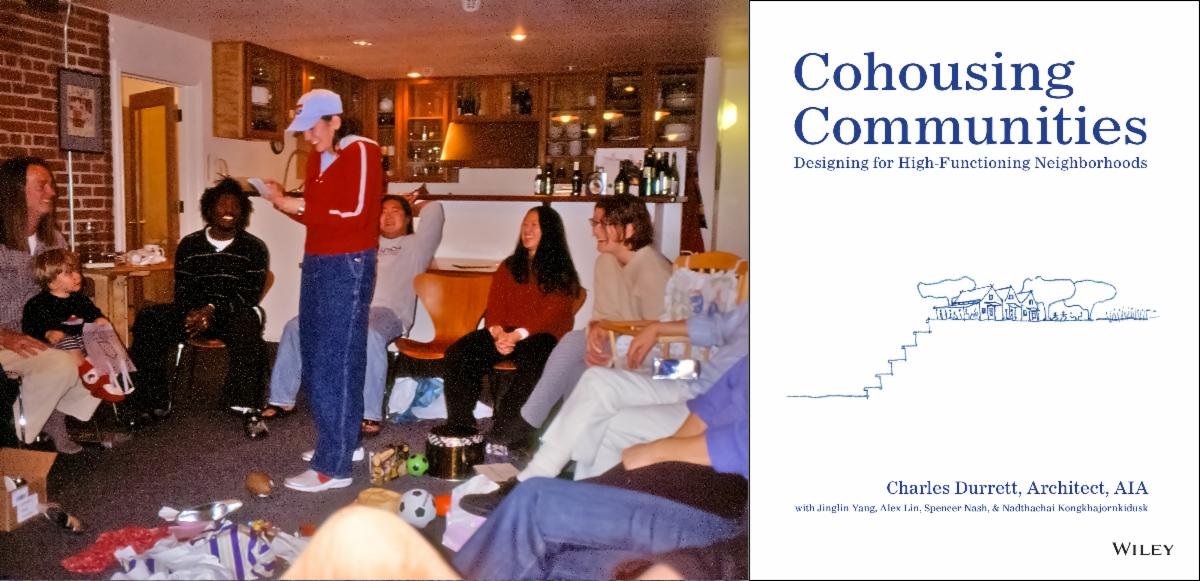Participatory Design in Affordable (Subsidized) Cohousing
My Oct 17–18, 2022 meetings with five congress people and their staff, navigating how HUD subsidies could be used for cohousing projects, homeless projects, and other low-income projects, went very well, but they were just the first step.
The Problem: Currently it is difficult to work with the future residents when working on projects that use public funds. The current writing of Title 6 & Title 24 of the HUD guidelines discourage it.
The Solution: I met with the staff of five congress people in Washington, D.C. to encourage them to encourage participation. It facilitates community and therefore accountability and personal growth when they live in a high-functioning cooperative-by-nature neighborhood.
I met with the staff of Mark Amodei NV (R)/John Quinn, Adam Schiff CA (D)/Jamie (Legislative Assistant), Ami Bera CA (D)/Emma Bruce, Jennifer Wexton VA (D)/Chris Gibson, and Jim Costa CA (D)/Kit Devine.
While they were all very supportive of revising Title 6 and Title 24 of the HUD guidelines, they were also all hesitant to take up the gauntlet without more congressional support with their fellow congress people on board or at least a bigger coalition. While cooperatively designed subsidized housing is very common in countries like Denmark (it saves the government a lot of money to have projects be self-managed), it is not known in the US.
This is why I am asking you to write a letter to your congress people to show your support on this issue.
Once there are obviously a few dozen or so congress members that support this language and these revisions, I will encourage one of them to sponsor the revisions, then others to co-sponsor a bill to support high-functioning affordable neighborhoods that depend on the feedback of future residents to be the supportive (cohousing and the like) neighborhoods that are necessary to facilitate a viable society, but might require some subsidies to make them work. This will be a process, but the time to begin is now.
Find Our Sample Letter for Your Congress Person HERE
Please modify this draft letter, make it your own, and send one to your congress person (if by email please bcc me) by Nov 15. Now we must go with the momentum and support community at the congressional level. Please write your congress people as fast as you can, refer to my personal meetings with the staff if you desire. The following is the weight of influence and ratings of the effectiveness of the different types of communications to the congress people:
Have a personal visit as I did
Send a handwritten letter delivered by USPS
Send a typed letter delivered by USPS
Give them a call on the phone
Send an Email
Please let me know who you have connected.
Please see these five explicit revisions that I am proposing to Title 6 & 24 HERE that will allow for better participation in the future.
For full story of what I’m trying to accomplish these days, please consider picking up:
Cohousing Communities: Designing for High-Functioning Neighborhoods
For this holiday season, give a gift of cohousing to your loved ones by ordering the book through our website. For a limited time only, we offer signed copies and customized message when you order Cohousing Communities from our website.
















